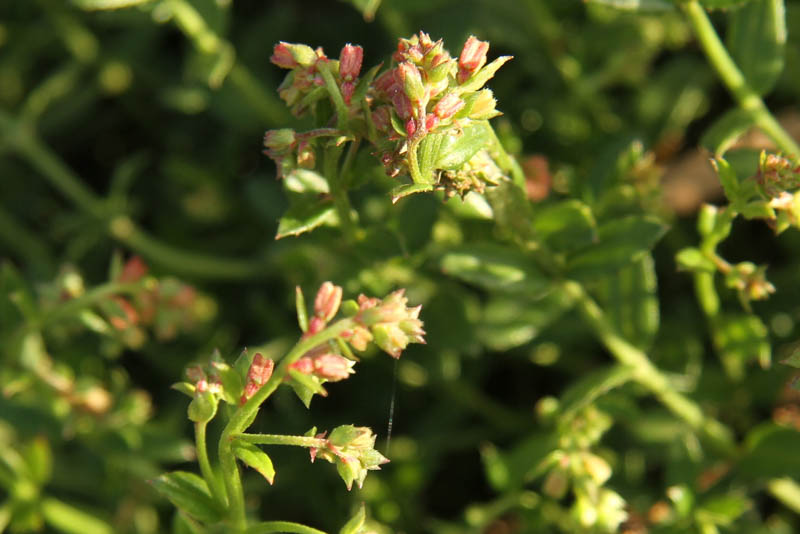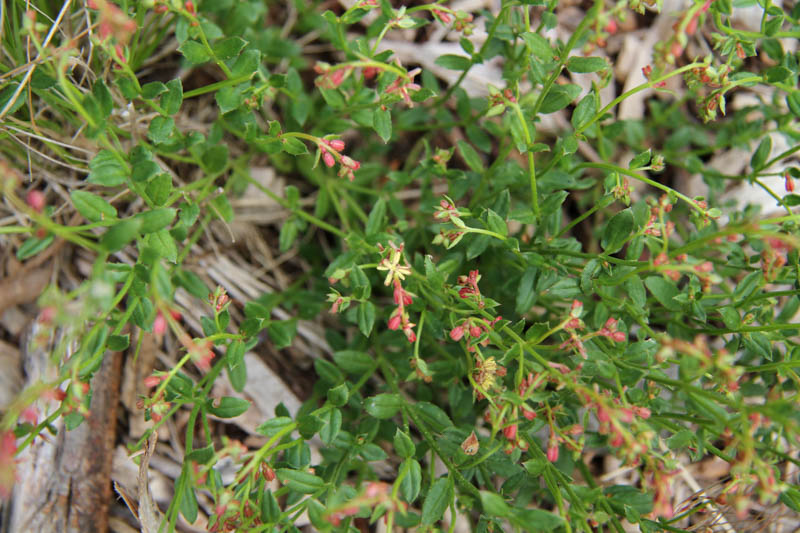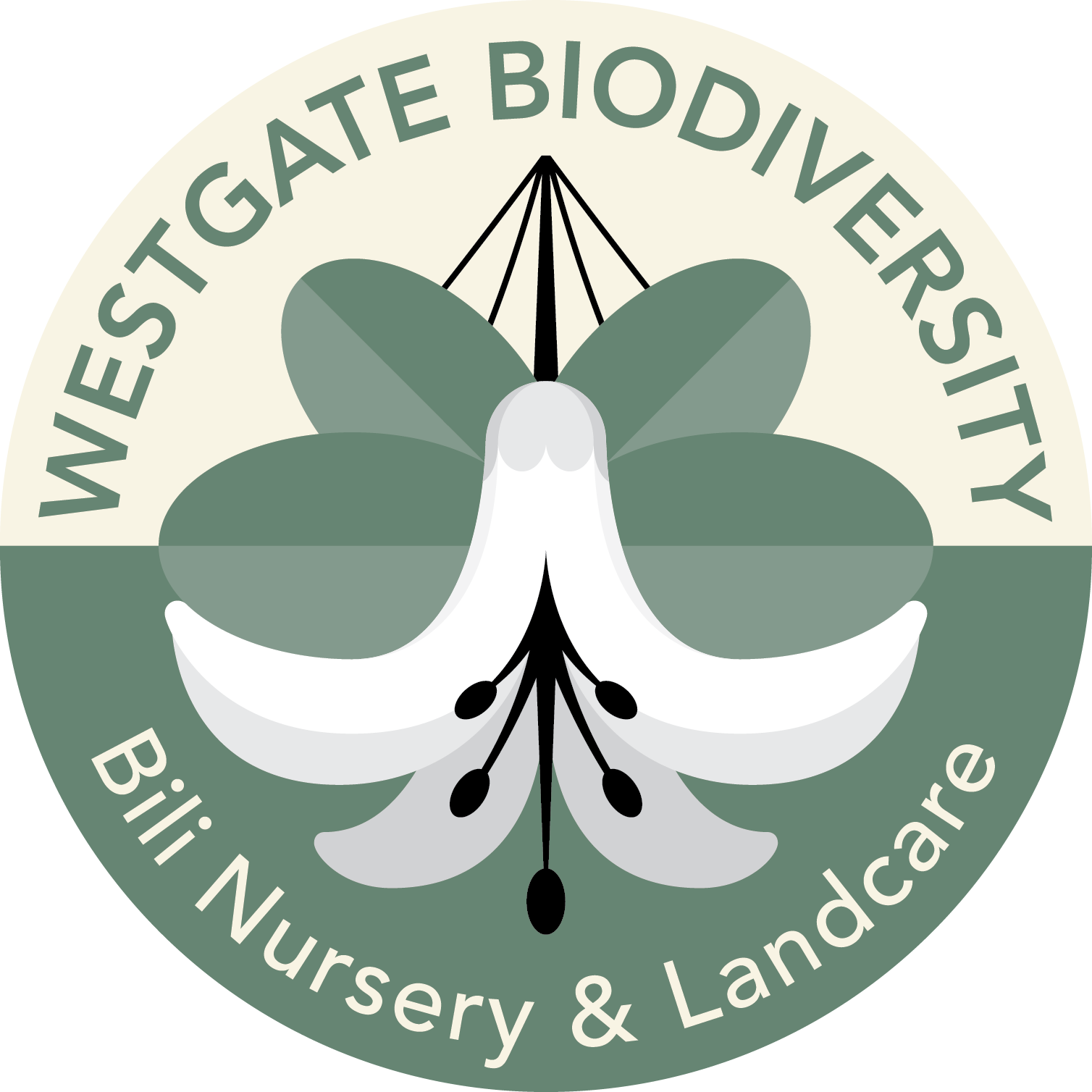Hakea ulicina – Furze Hakea
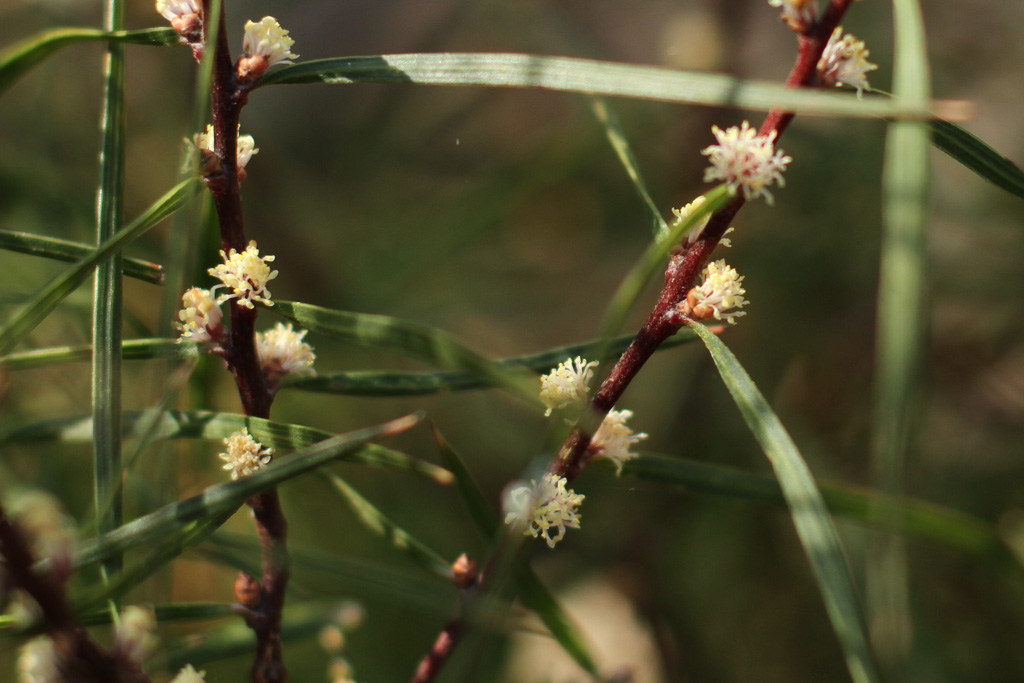

To 5M. Rigid upright shrub. Twisted, spreading, narrow pointed leaves. Clusters of small white to cream flowers along branchlets. Nectar source for butterflies and other insects.
Our 2nd night time walk for microbats
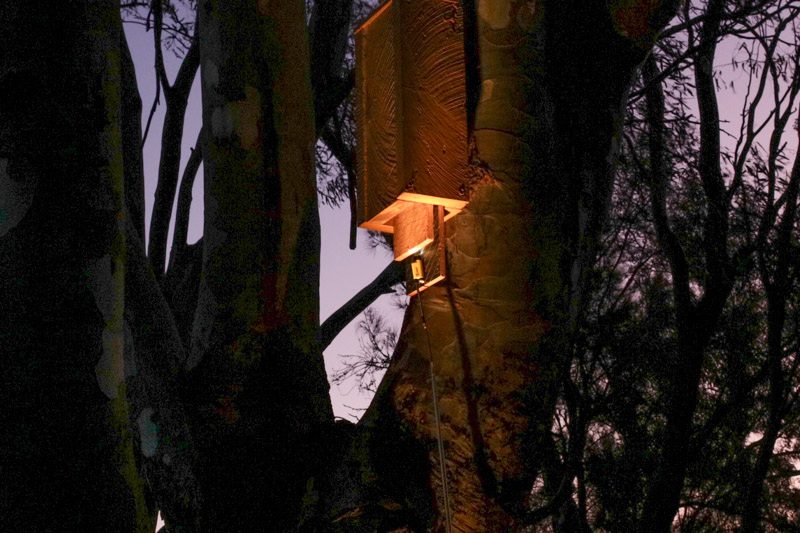
21 nest boxes at Westgate Park were monitored on Saturday night by the microbats team. They found spider webs and a few insects but no microbats! This is not surprising. It could take years for them to take up residence so patience is essential.

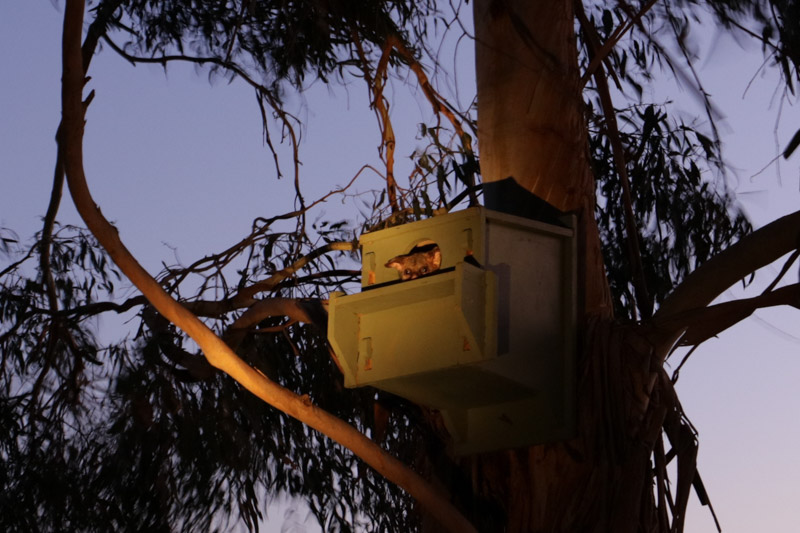
At least this small possum is making use of one of the bird boxes, its sleep rudely interrupted by our Ferret camera on the end of the extendable stick.
On our walk with the echo locators we did discover microbat activity in the southern section, not far from the bridge. So given the fact that it was rather cold and windy it was probably not a bad result.
The spectogram below is a digitiised version showing the shape of the call in green. It is very likely to be the Goulds Wattled Bat – one of the larger and more common microbats in Victoria.
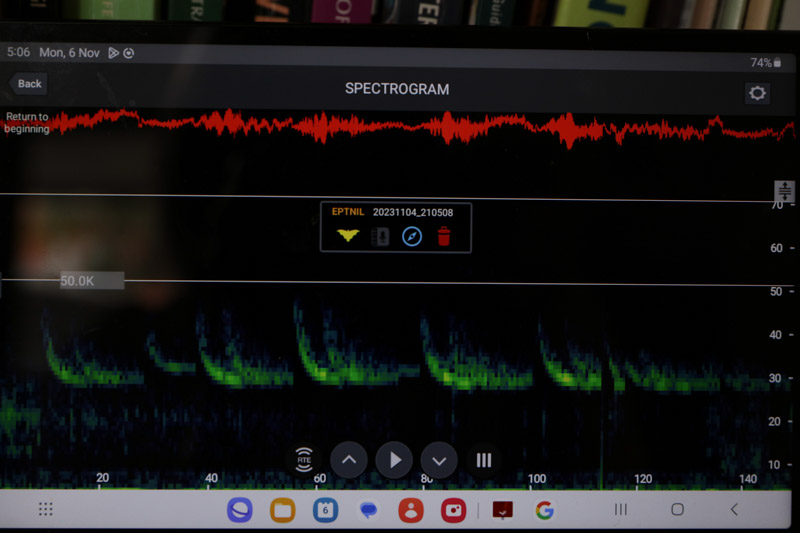
If you would like to know more about microbats or to join our microbat monitoring team, let us know here.
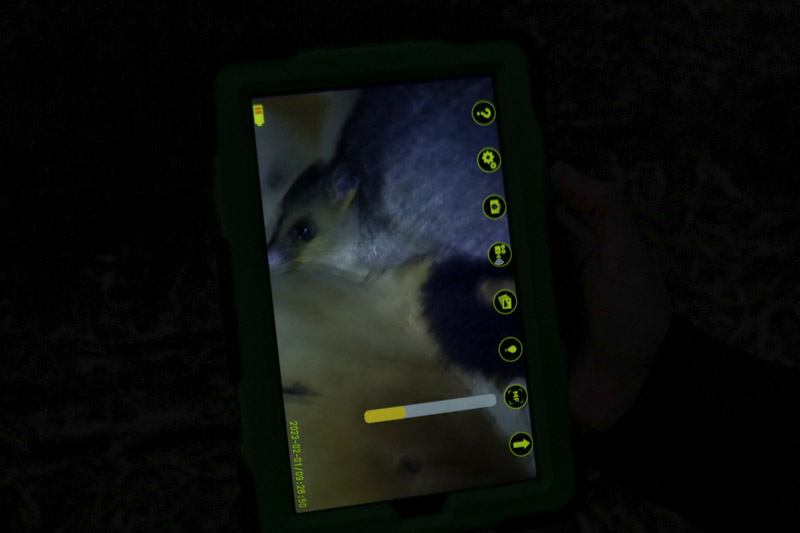
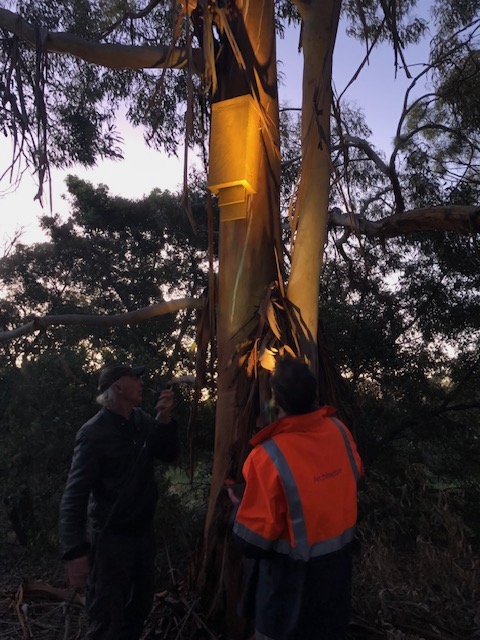
November 4 bird survey
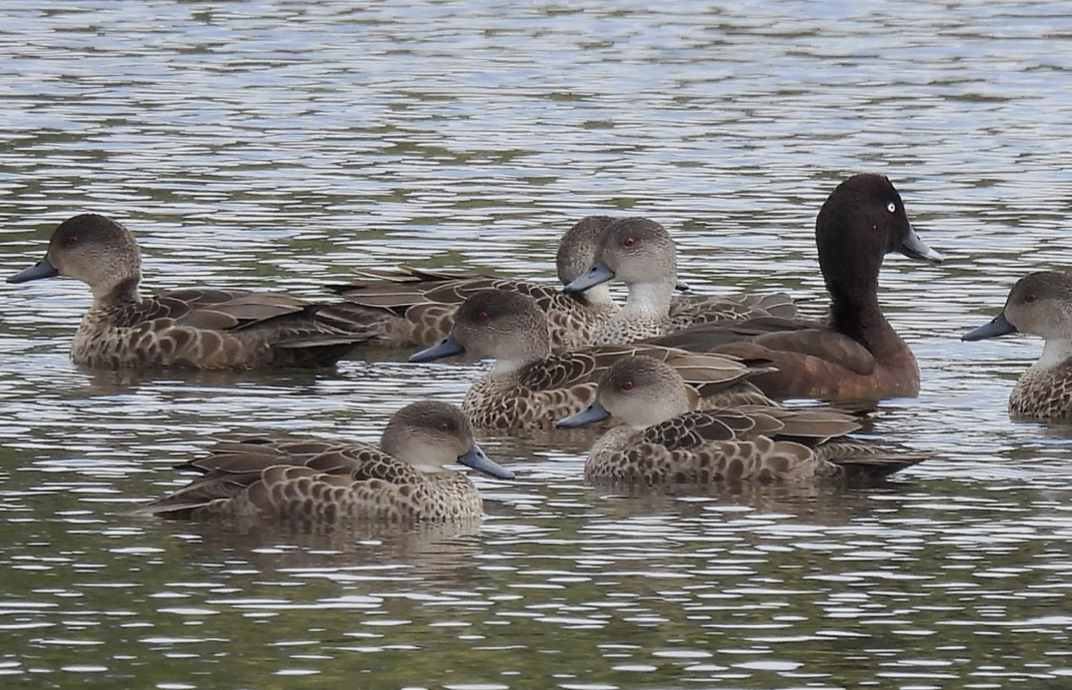
Apologies for the late delivery of this report, which, thanks especially to the remarkable efforts of Ursula Dutkiewicz, clearly indicates the continuing range of interesting and sometimes unexpected birds visiting Westgate Park.
Water levels remain high, attracting more Grey Teal than usual. Stilts have returned in modest numbers, and, of unusually high numbers of Superb Fairy Wrens, almost half are ‘blue’ breeding males and those seeking to breed in the future. Sightings of a Brown Quail and a Grey Shrike-thrush are very welcome, compared with a group of six or so Noisy Miners buzzing each other on the access track to the compound.
Note that Noisy Miners are generally only observed along park boundaries.
The female Musk Duck has been resident since last March – we are hoping a mate materializes. Interestingly, the number of Clamorous Reed-warblers has strengthened over the last 2-3 years.
October 2 bird survey
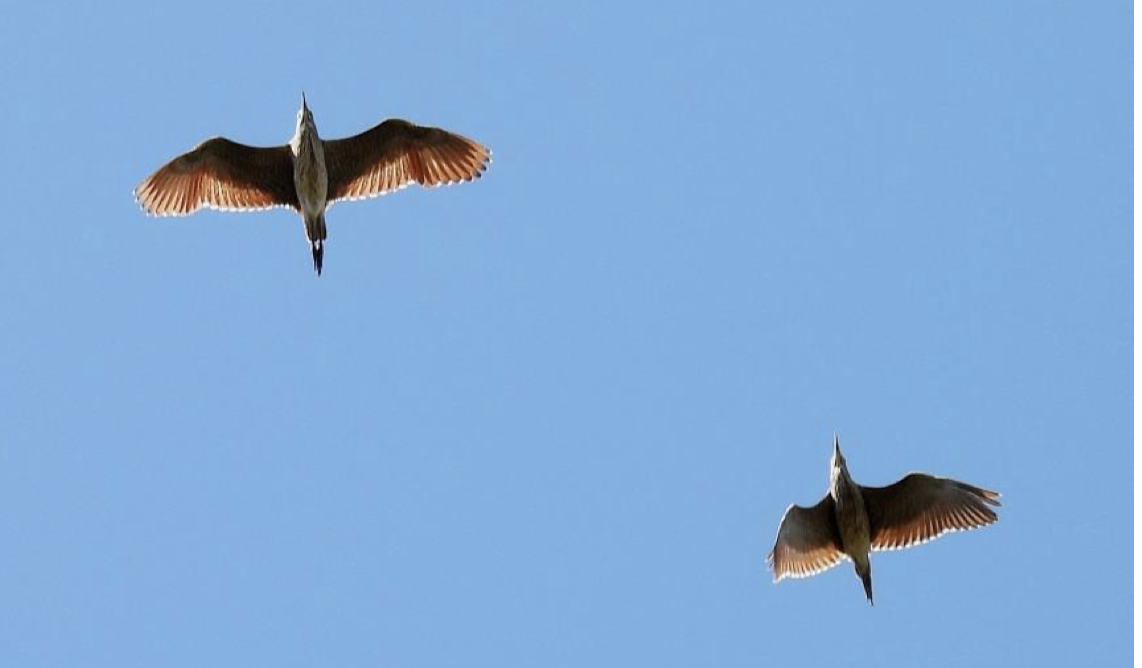
Despite the park still looking in very good condition, the weather on the day was not so favourable for birds as reflected by the results. On the other hand, a combination of observations over the last month on eBird and those by our photographer and artist, Ursula Dutkiewicz, have added many more species to the list. Water levels have dropped somewhat, which may account for the absence of our ever-present Musk Duck.
The team was surprised by the unusually small number of Welcome Swallows, as at ground level there was an abundance of small insects, more than we have seen for at least a year.
As can be seen in the sightings and photographs below, the number of observations for September is unusually high with an additional 22 species. A high proportion are highlighted in red due to these birds being occasional or very infrequent visitors.
Help Westgate Park replace stolen equipment!
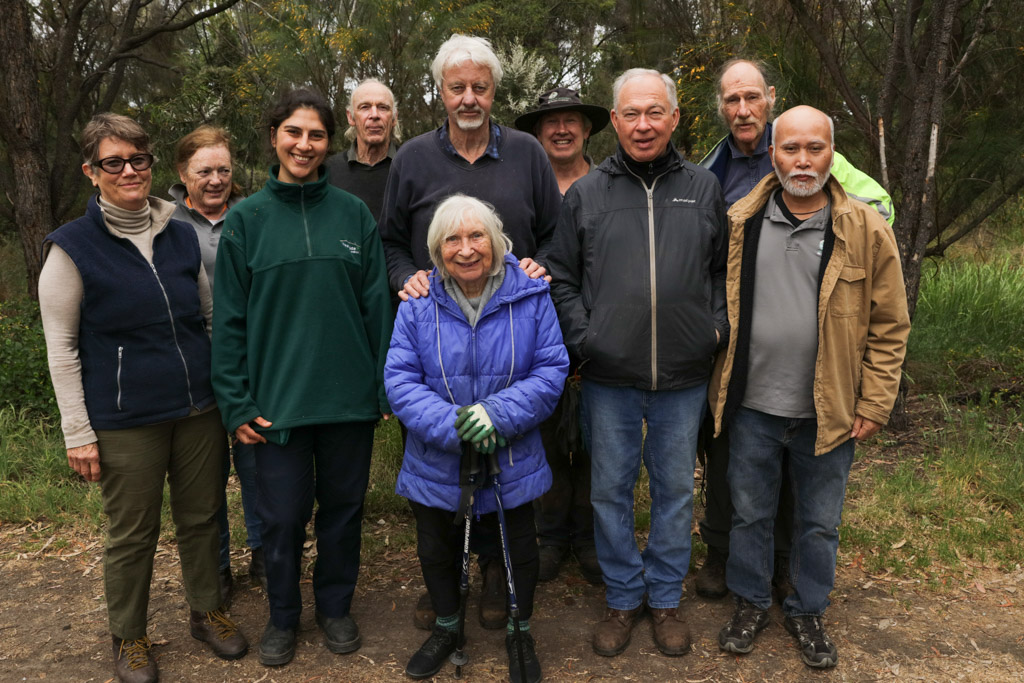
In the early hours of Sunday 1st October, callous thieves broke into our compound at Westgate Park in Port Melbourne. Then tragically, three weeks later our compound was broken into a second time. The thieves were so brazen that they pulled the compound gates off their hinges because they couldn’t break through the chain lock.
They stole our trailer, water tank and hoses (crucial equipment we use to irrigate the park), as well as tools and other items belonging to the Friends of Westgate Park volunteer group.
The loss of this equipment is a devastating blow to the team of volunteers who have spent many hours planting new seedlings throughout the park. Without our trailer and water tank, we don’t have the ability to provide additional water. Without enough water, many of the park’s new seedlings might not survive the expected hot and dry summer.
Unfortunately, Parks Victoria’s insurance does not cover our equipment, so we have no choice but to replace them on our own – that’s why we need your help! As a not-for-profit organization we have some funds to replace the smaller items stolen, but we are seeking support to raise an additional $5,500 to purchase a replacement cage trailer and a heavy-duty wheel lock (to stop any future thieves!).
If you have ever visited Westgate Park or Bili Nursery, are a previous or current volunteer, live locally or even just wish to support the amazing rehabilitation and biodiversity work we do, please chip in a contribution to help us replace our stolen equipment. Any amount – $20, $50, $100, or more – will make a massive difference!
Thank you so much for your support! Please share this with anyone who may also wish to help!
Tangaroa Blue at Westgate Park

On 18 October our friends at Tangaroa Blue visited us to survey and collect litter. Tangaroa Blue is an Australia-wide not for profit organisation dedicated to the removal and prevention of marine debris, and have visited us a number of times over recent years to survey the Yarra River at Westgate Park.
Volunteers from Westgate Biodiversity, Port Philip EcoCentre and over 80 corporate volunteers from Melbourne-based industries surveyed the river shoreline collecting litter and nurdles. A nurdle is a small plastic pellet used to create virtually anything plastic. Accidental spillage and mishandling means billions of nurdles end up in the ocean creating countless problems within the marine ecosystem.
This event provided the opportunity to explain the problems caused by escaped nurdles and ask industry leaders to ensure they work to stop this happening at source.

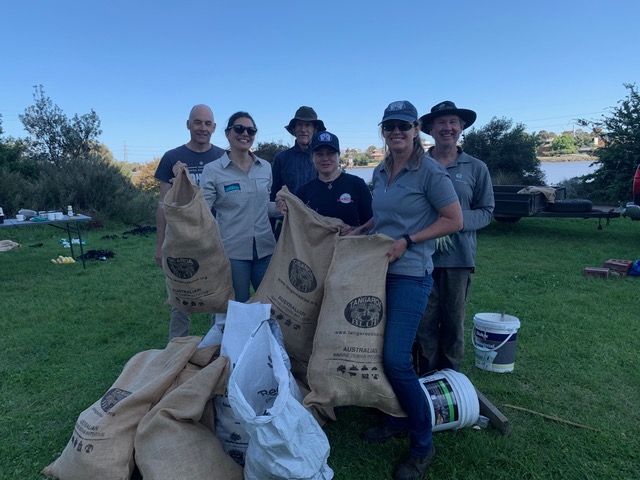
Microbats at Westgate Park, 7 Oct
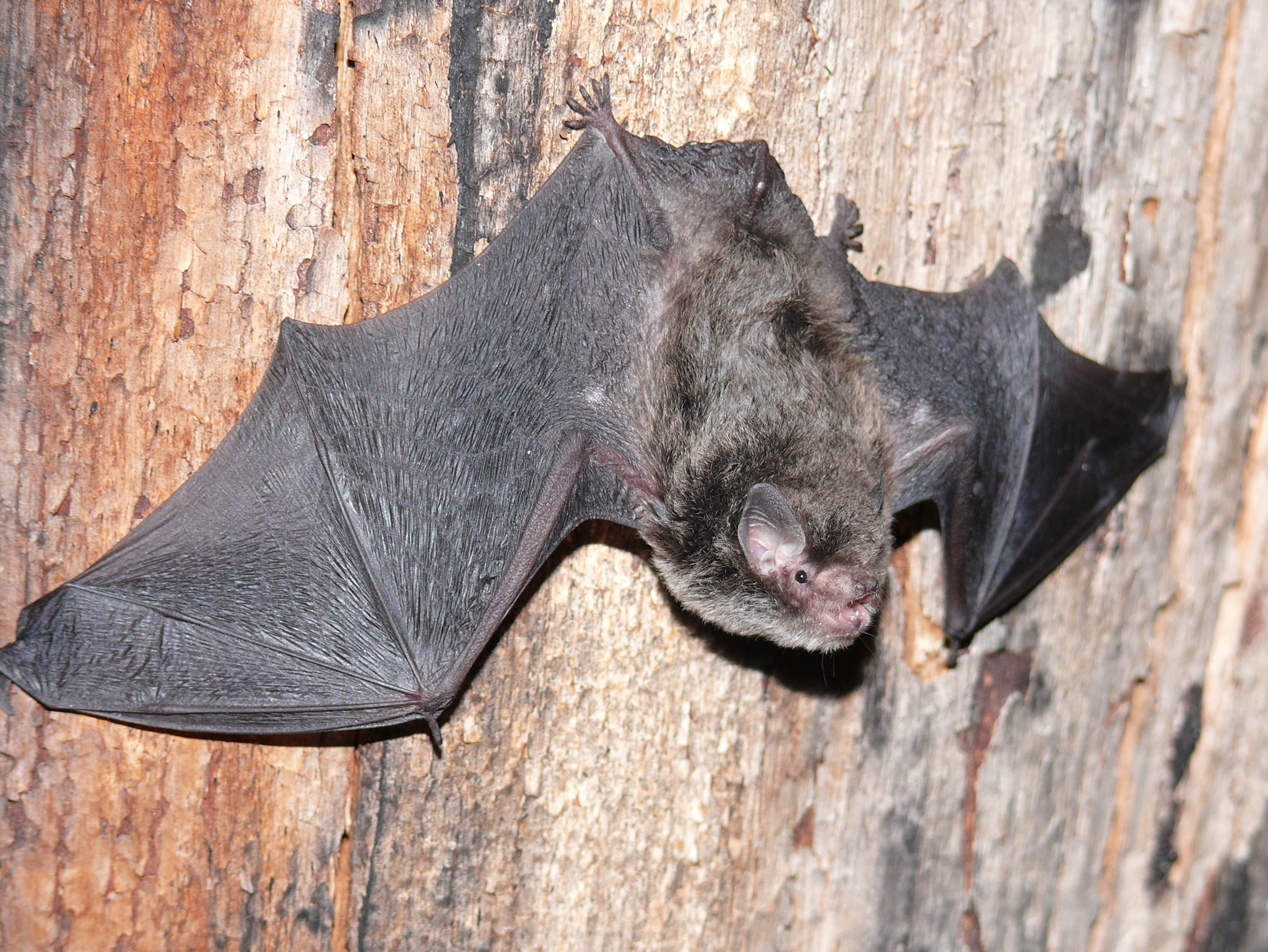
Sorry, this event is now fully booked. Register here for the next!
Join us for an exciting evening of microbat monitoring at Westgate Park BBQ shelter in Port Melbourne, Vic. This in-person event is perfect for nature enthusiasts and curious individuals alike.
Get ready to explore the fascinating world of microbats as we observe and learn about their behavior and habitat by monitoring any presence of microbats using echo location recorders and tablets with the aim of identifying the species present.
Interested in learning more about microbats and their value to ecology? See here for our manual.
September 4 bird survey
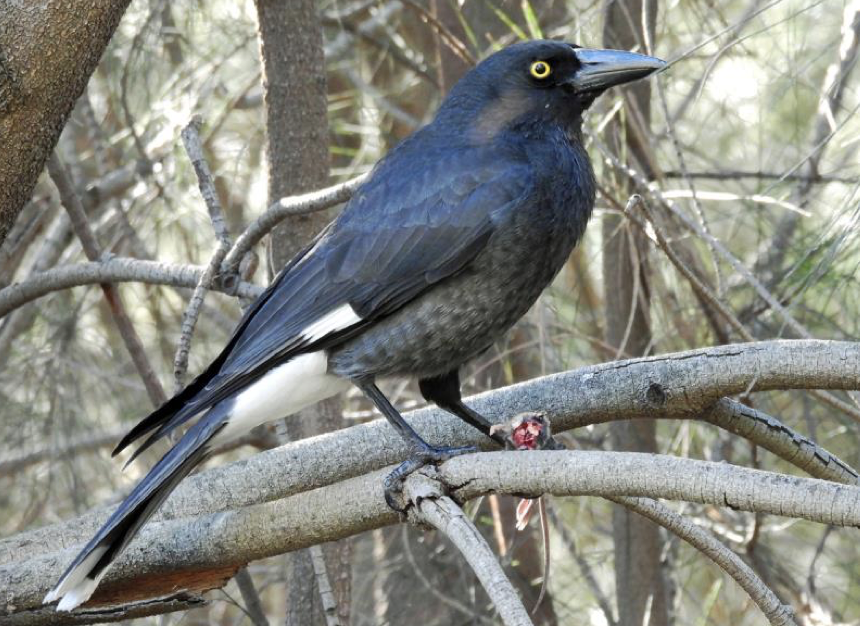
Water levels have risen, with the overall species number obviously high from the survey today and the efforts of several other observers reporting on eBird over the last month. We are monitoring Noisy Miner numbers within the park. Numbers are low on today’s count, but any encroachment by this species is a concern.
Some pleasant surprises: for example, the White-necked Heron on the southern chain of ponds; the four Darters, at least two of which were young birds (are we now a darterbase?); the continuing presence of Red-browed Finches and the female Musk Duck; and two cuckoo species, Fan-tailed and Horsfield’s Cuckoos.
Gonocarpus tetragynus – Creeping raspwort
To 30CM. Erect bushy herb covered in flattened, short, white bristly hairs. Loose spikes of tiny pinkish-red flowers Sept – Jan. Small fruit, silvery grey. Full sun, semi-shade.
